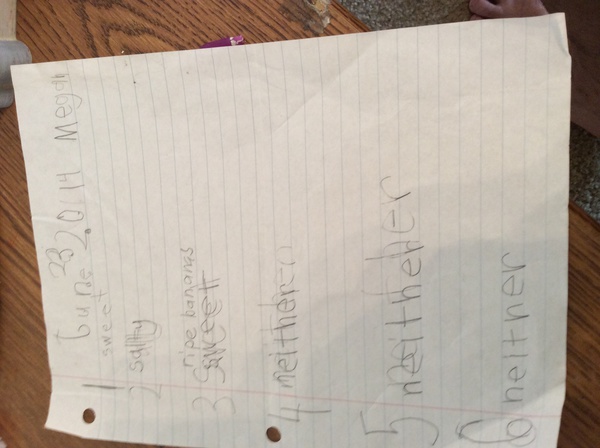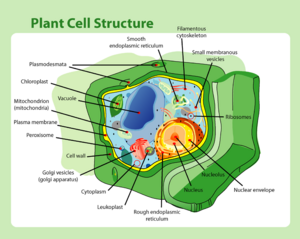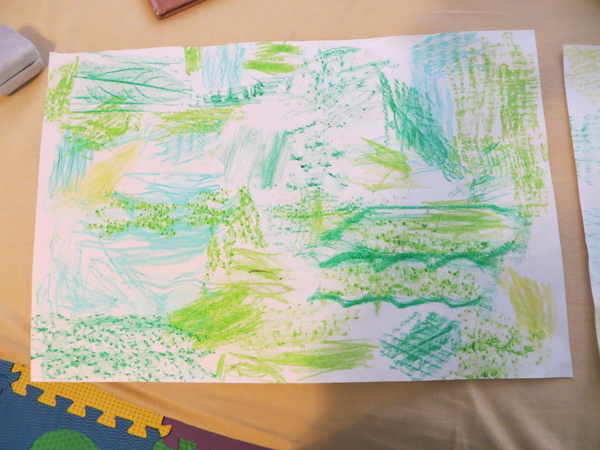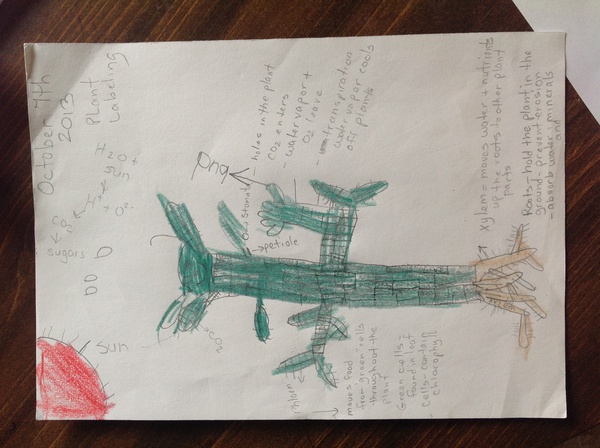
Recently in Science Category

Today I fed the worms 0.68 g of rotten seedless Sam's club cucumbers. I am curious how long it takes them to eat it. Their are about 2 lbs of worms so they should be able to eat 1 lb. of food, which is about 463 grams. I have yet to feed them this as its a new bin. When they finish what they have, I will feed them more.
At 9:12 p.m on April 12th 2014 , Megan put a egg in vinegar. We are wanting to see for ourselves what happens.
Megan was doing her daily writing on dinosaurs, so I took out Leslie's list of Prefixes and Suffixes and got Megan started using these index cards to come up with names of dinosaur. Then, I found a sheet where she picked a name and described it, such as why it was given this name, what did it like to do, what was its habitat, etc.

Plant cell structure (Eukaryotic cells) (Photo credit: Wikipedia)
 We are trying out activities in the Home Art for Kindergarden (I bought the first grade one as well).
We are trying out activities in the Home Art for Kindergarden (I bought the first grade one as well).


